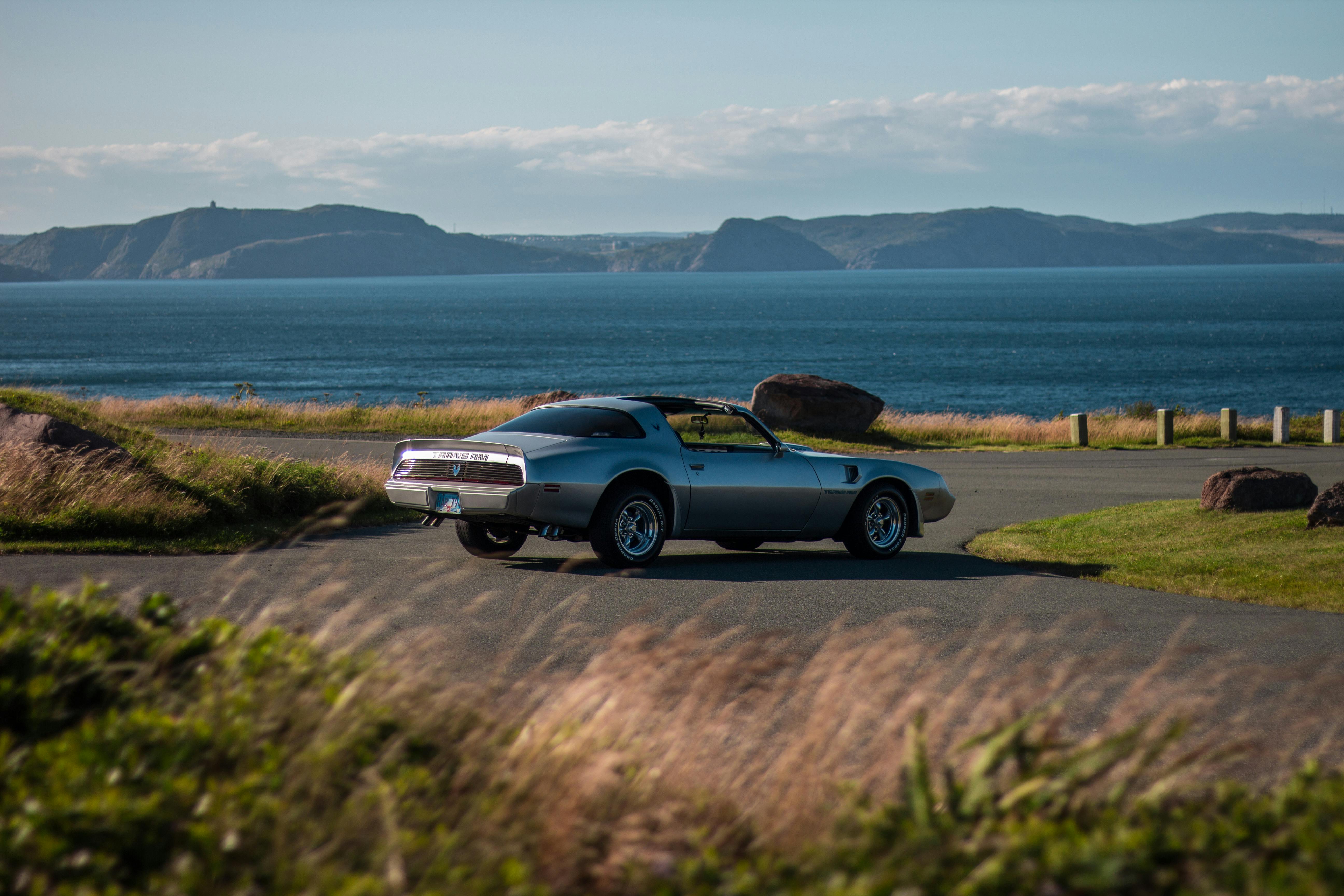The Braves look for suburbs
The cinematic wisdom of baseball holds that if you build it, they will come.
The Atlanta Braves seem to want to add a caveat: “…as long as you build it in the right place.”
In a move the Atlanta Journal-Constitution characterized as “impressive,” team officials announced that the Braves will leave their home in central Atlanta for Cobb County, a suburban area northwest of the city whose largest city is Marietta. (1)
The Braves have played in downtown Atlanta since moving from Milwaukee in 1966, but their current home, Turner Field, is newer. It was built for the 1996 Olympics and became the Braves’ home park in 1997. The team said it will move in for the 2017 season, the first opportunity to do so after its 20-year lease at Turner Field expires. .
There is nothing inherently wrong with Turner Field. Its only major drawback is that it’s not locked, making it difficult to play or sit through a game day in Atlanta in July. But the Braves aren’t leaving because of the weather. (The new field will also be outdoors, team officials said.) The website the team launched to explain the move cites “certain problems that are insurmountable and will only become more problematic over the years.” (2) These include inadequate parking and lack of mass transportation.
I guess these are real issues, but I suspect the Braves have other considerations on their minds as well. Money is high on the list, as usual. Atlanta Mayor Kasim Reed released a statement following the Braves’ announcement saying that keeping the team in downtown Atlanta would have cost taxpayers “hundreds of millions of dollars.” He claimed that Cobb County is providing a $450 million grant for the new ballpark, a figure neither the Braves nor Cobb County would confirm. Quoting Reed, ESPN reported that the city plans to tear down Turner Field once the Braves leave.
Still, the Braves didn’t pick Cobb County because of the ease of getting their offers around. Like most of metro Atlanta, the area around the proposed stadium is frequently gridlocked, even without the additional traffic a major league venue would generate. As for public transportation, skeptics immediately noted that the MARTA transit system does not serve Cobb County.
But the verdant suburban hills have other advantages, chief of which is proximity to the Braves’ fan base, a largely suburban crowd whose kids play softball and hardball on immaculately manicured fields. Baseball struggles to attract young players in urban areas, where basketball is especially popular. In some places, like Atlanta, the central city isn’t where most fans live, especially those who can afford big league prices. Derek Schiller, a Braves executive, said the new stadium would be “close to the geographic center of our fan base.”
The Braves understandably want to get as many of those fans in the ballpark as possible. Despite the Braves’ consistent success on the field, they don’t draw crowds particularly well at their current home stadium. In 2013, they averaged 31,465 in attendance per home game, although Turner Field can hold just under 50,000. The new Cobb County Stadium will seat approximately 41,000 to 42,000.
Downtown Atlanta now lags behind the national trend of revitalizing urban cores. Unlike Miami, which is full of shiny new condominium towers, Atlanta hasn’t attracted a lot of new downtown residents in recent years. Atlanta is also a city with a high crime rate by national standards. Very little happens downtown after dark. Downtown is hollowing out as people take the massive highways out of the city or into more popular urban neighborhoods like Buckhead, Little Five Points and Druid Hills.
While I can’t fault the team’s management, the Braves leaving seems like a financial disaster for the city. The Braves and Turner Field were one of the main attractions of the urban center of Atlanta. The decision also bolsters the position of skeptics who argue that publicly funded sports venues don’t add much value to a large, established city, whether the stadiums are built for the Olympics (as in Atlanta or, this year, in Rio de Janeiro) or for professional sports franchises.
However, a major league team can put a smaller township on the map. This has happened in Arlington, Texas, which hosts the Texas Rangers and Dallas Cowboys. It has happened in Anaheim, California, which is home to the Los Angeles Angels of Anaheim and an NHL team, the Anaheim Ducks. It may soon happen in Marietta. As Mark Bradley of the Atlanta Journal-Constitution noted, Atlanta’s loss will be Cobb County’s gain, making it “a major destination point throughout the Southeast.” (1)
Downtown fans can take comfort in a consolation prize of sorts: a new downtown stadium that’s on the drawing boards for the city’s National Football League franchise, the Atlanta Falcons. The team plans to move a short distance from its current home, the 21-year-old Georgia Dome that sits just outside of downtown.
Soccer is more popular nationally than baseball, and nowhere is the difference more stark than in Georgia, where even high school teams get their scores on the front page of the metropolitan newspaper. No doubt many would argue that the NFL is the treasure chest and baseball’s Braves are the consolation prize. But the Falcons only play eight regular-season home games a year, compared to the Braves’ 81. They also play mainly on Sundays, when traffic is less of a factor. You can get people to travel almost anywhere for an NFL game, but an eight-date schedule isn’t much to build a city on.
The Braves are an attraction day in and day out. It is a pity that the city does not offer a more attractive place in the center to keep them.
Sources:
1) The Atlanta Journal-Constitution, “Stunning news: Atlanta Braves move to Cobb”
2) Home of the Braves
